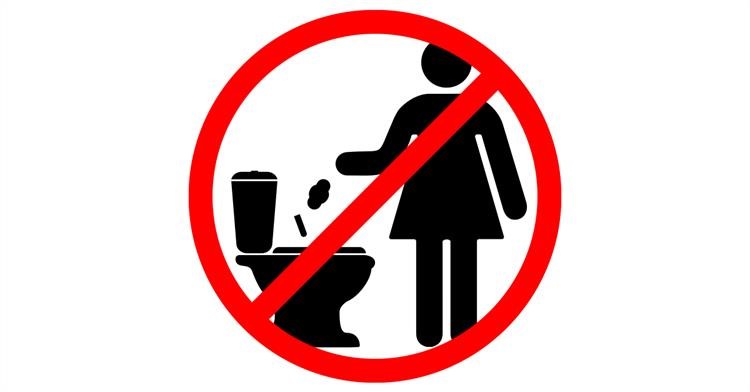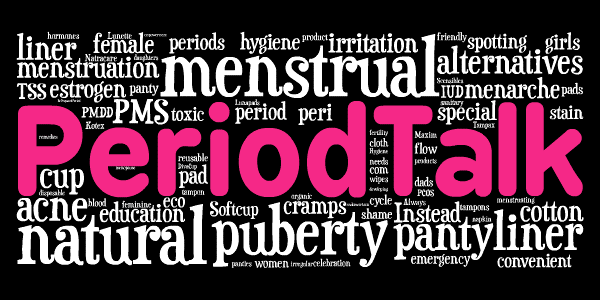Menstrual Hygiene Landscape in India and NIINE Movement
Share this post :
As an economy and a country as a whole, India has surely come a long way in development. But when it comes to health and hygiene, we are still far away from most developed countries around the world. Take menstrual hygiene for example.
There are about 355 million women in India who fall within the menstruating age group. But did you know that of them, barely 18% of the women actually use sanitary napkins? This might shock or surprise you but that’s the reality of the menstrual health landscape of the country.
Despite being close to 20 years in the new millennium, rags, cloth, sand, hay, and even ash are still widely used all across villages and smaller, remote areas to stop menstrual bleeding. More than 80% of adult and younger women in rural and semi-urban areas are totally unaware of the health implications of such indigenous methods and continue to use them. This results in widespread infections, and diseases, some fatal, while some leading to lifelong physical damages. Medical surveys and health research reports that about 27% of the world’s cervical cancer cases occur in India, leading to death or removal of reproductive organs in females. And according to doctors, menstrual hygiene is largely to blame.
If this isn't a wake-up call for the ones more enlightened, then nothing else will be.
The discovery
Before we consider anything else, we must understand the reasons behind such shocking numbers. At NIINE, we engaged in years of research and study of menstrual health in India and discovered that,
71% of young girls have no or minimal knowledge of menstruation before they actually get their first period when they hit puberty.
48% of rural, adult women are unaware of proper hygiene methods and care. And that number also includes mothers of younger girls. Even though they want the best for their daughters, they do not have the proper information to guide their girls on the right path.
This goes to show a pure lack of period knowledge, information on menstrual health, precaution, and care. Another factor that has caused this ignorance is the price of sanitary napkins. In rural and remote locations, sanitary napkins at their current standard prices become a costly affair for families. Hence they resort to home-made, traditional methods.
The Movement
The Niine Movement is about driving awareness on periods and treating it properly. The key objective is to make women take care of their menstrual health by using the right means and methods. Through thorough education and awareness, Niine would strive to empower women, adolescent, and young girls in rural areas to understand the most important phase of their femininity. Menstruation marks the most important biological change in a woman and indicates the ability of a woman to bear a child until she hits menopause. The movement will -

- Enroll - Period has been a taboo for ages. The movement will bring men and women together and encourage not only females but also their male society members between 18-82 years of age to talk about periods and understand its biological significance.
- Educate - With the help of social caregivers and self-help groups, the movement will open up people to vital information surrounding menstruation.
- Enhance - Knowledge is only worth when it can be executed. So, using the relevant knowledge and information, Niine will help the rural female population by providing best quality, affordable feminine hygiene products and contribute to a cleaner and healthier sanitary environment.
The Niine Movement is not about radical change, but bringing about revolution gradually, and advise, guide, and educate people on paying attention to menstrual hygiene and contribute to healthy and happy womanhood for every female across India.
About Author
Niine Team


